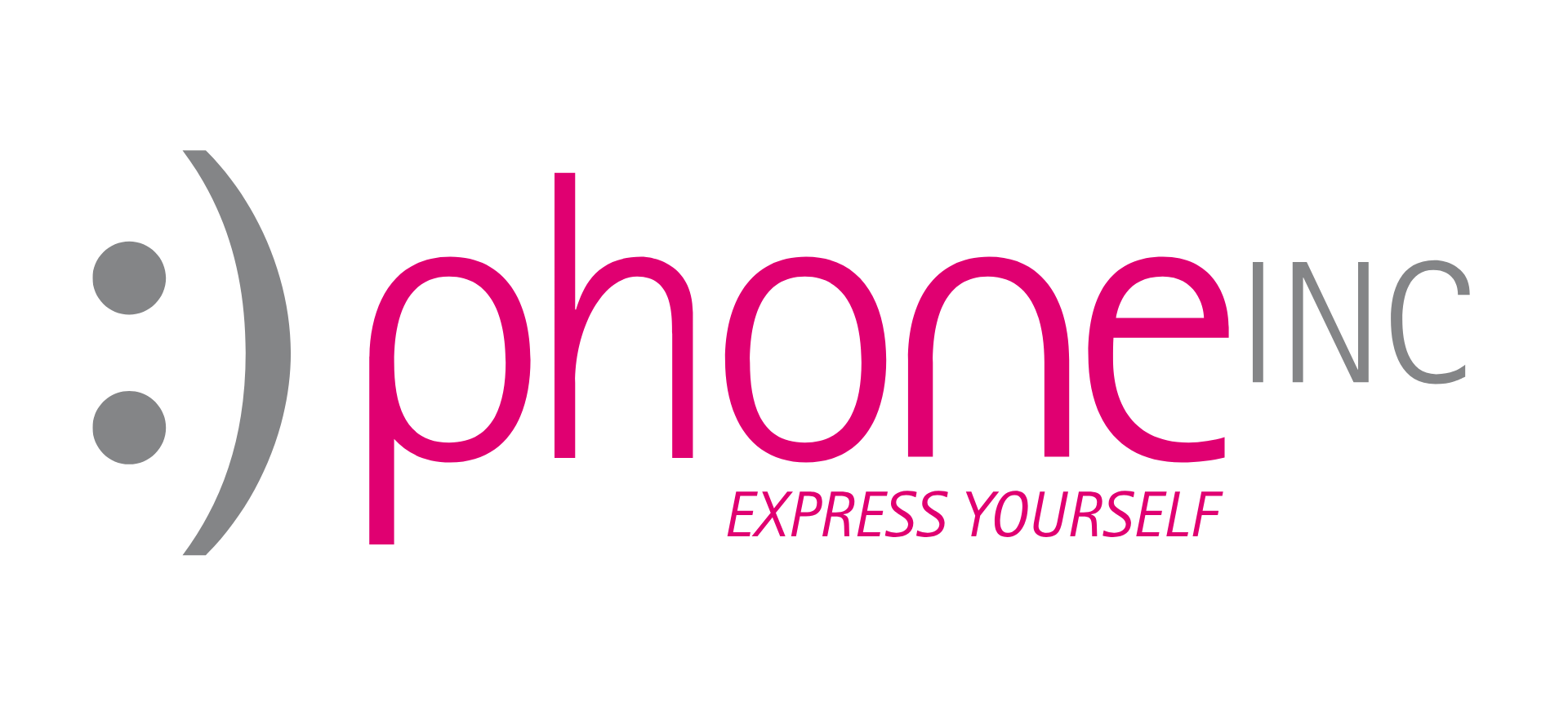
DJI Phantom 4 Pro+ 4K 20MP V2.0 Drone remote control Flying Camera
$2,799.00
Unit price perEstimated delivery between December 09 and December 11.
DJI’s Phantom quadcopter range has always included quality cameras that get the job done. DJI’s latest release, the Phantom 4 Pro completely eclipses this. The Phantom 4 Pro boasts a professional-grade camera with capabilities significantly greater than any of its predecessors.
This new Phantom 4 Pro V2.0 features an OcuSync HD transmission system, which supports automatic dual-frequency and switching and connects to DJI Goggles wirelessly. LIke the Phantom 4 Pro and Advance, the Phantom 4 Pro V2.0 is equipped with a 1" 20MP sensor capable of shooting 4K/60fps video and burst mode stills at 14 fps. Plus, its FlightAutonomy system includes dual rear vision sensors and infrared sensing systems for a total of 5 directions of obstacle sensing and 4 directions of obstacle avoidance.
The camera contains a 1” CMOS sensor (4 times larger than the Phantom 4 camera sensor) capable of 4K video at 60fps and improved low light performance. The larger sensor size results in a greater dynamic range. This means the camera will be better able to balance and resolve differences between light and dark. This is a common problem in aerial footage, when you often have a brightly lit sky against dark terrain below.
Many drone cameras also struggle with the ‘rolling shutter’ effect, which can give a jello-like shake to footage, especially when filming quick pans or chasing fast-moving subjects. The mechanical shutter of the Phantom 4 Pro helps eliminate this.
The added ability to adjust the lens aperture gives filmmakers greater control over depth of field in their images. The electronic shutter has also been improved with a max shutter speed of 1/8000-second.
The 20MP camera can now shoot 14 photos per second in burst mode and capture slow motion video at 60 frames per second.
The Phantom 4 Pro camera has an aerial-optimized f/2.8 wide-angle lens with a 24 mm equivalent focal length. It features eight elements that fit into a smaller, more compact frame. Images are consistently detailed with low distortion, ensuring photos and videos are sharp and vivid.
Improvements to the onboard camera are not the only upgrades for the Phantom 4 Pro. Other features include:
- Remote controller includes screen with 5.5" built-in 1920x1080 display
- The new Phantom 4 Pro V2.0 features an OcuSync HD transmission system
- 1" 20-megapixel sensor capable of shooting 4K/60fps video and Burst Mode stills at 14 fps
- FlightAutonomy system includes dual rear vision sensors and infrared sensing systems for a total of 5 directions of obstacle sensing and 4 directions of obstacle avoidance
- Aircraft noise has been reduced by up to 4dB* (60%) for quieter, more enjoyable flights
- Free from cable constraints, you can enjoy exciting FPV flight at speeds of up to 72kph (45mph) in S-mode
- The Phantom 4 Pro V2.0 wirelessly connects to DJI Goggles, putting you directly in the heart of the action with dual LTPS displays that offer a high-quality 1080p live camera view with an 85° FOV
- 3-axis Gimbal (pitch, roll, yaw)
- 30-minute flight time
The Phantom 4 Pro v2.0 includes all of the revolutionary Intelligent Flight Modes introduced in the Phantom 4, as well as a few new ones. These include:
Draw
With Draw, simply draw a route on screen and the Phantom 4 Pro will move in that direction while keeping its altitude locked. This allows the pilot to focus on camera control and enables more complex shots. There are two Draw modes that can be used in different scenarios:
Standard: The aircraft follows the route at a constant speed with the camera facing in the direction of flight.
Free: The aircraft only moves along the route when instructed. In this mode, the camera can face in any direction during a flight.
Gesture Mode
With Gesture Mode, computer vision technology allows the Phantom 4 Pro to take instructions through gestures. The subject simply lifts their arms when facing the camera and the aircraft will recognize this movement by locking on and placing the subject in the centre of the frame. When ready for a photo, the subject holds their arms out to signal the aircraft. A three-second countdown will begin, making time to strike a pose, allowing moments to be captured without the remote control.
ActiveTrack
Following fast-moving objects can be very challenging, but advanced, image-recognition algorithms used by the Phantom 4 Pro allow it to recognize and track an object while keeping it in the frame. This algorithm also recognizes a range of subjects, from people to vehicles to animals, and will adjust its flight dynamics to match, ensuring smoother shots.
TapFly
Fly in any direction visible on-screen with a simple tap. Tap anywhere on-screen to smoothly adjust the direction of flight while automatically avoiding obstacles and tap the screen again or use control sticks to change direction.
An AR route function shows the aircraft's real-time flight direction for reference as its route is adjusted. As it can be difficult to control altitude, course, speed and camera pitch simultaneously using joysticks, TapFly Free allows a pilot to set the direction of flight, allowing them to turn the Phantom 4 Pro or tilt the gimbal as required without changing the direction of flight.
Return to Home
In its Return to Home mode, the Phantom 4 Pro can automatically choose the best route to return home depending on environmental conditions. It records its route as it flies, allowing it to return along the same route avoiding obstacles if the control signal is disconnected.
Based on its altitude at the time of disconnection, the Phantom 4 Pro is also able to adjust its flight path to avoid obstacles it has seen during its flight.
At takeoff, the Phantom 4 Pro will record the scene below and compare its recording with what it sees as it returns, for more precise landing.
It can also detect the ground to see whether there is a suitable spot for landing. If any obstacles are found, or there is water on the ground, it will alert the pilot and hover at an appropriate height, helping the aircraft to land more safely.
With this new camera, this Phantom easily surpasses all previous Phantoms. Check out the Phantom 4 Pro introductory video.
Share information about your brand with your customers. Describe a product, make announcements, or welcome customers to your store.
Share information about your brand with your customers. Describe a product, make announcements, or welcome customers to your store.
$2,799.00
Unit price per

